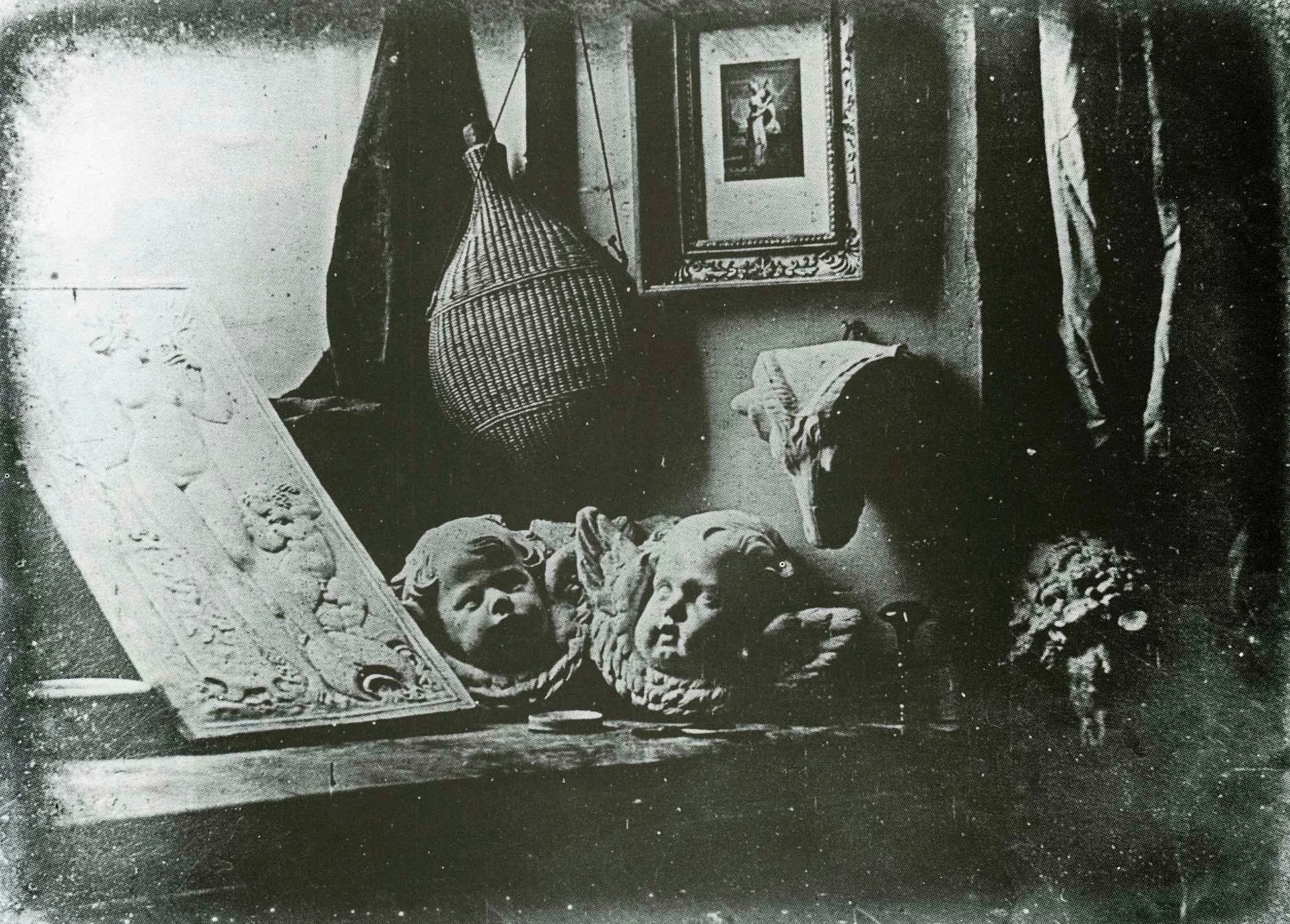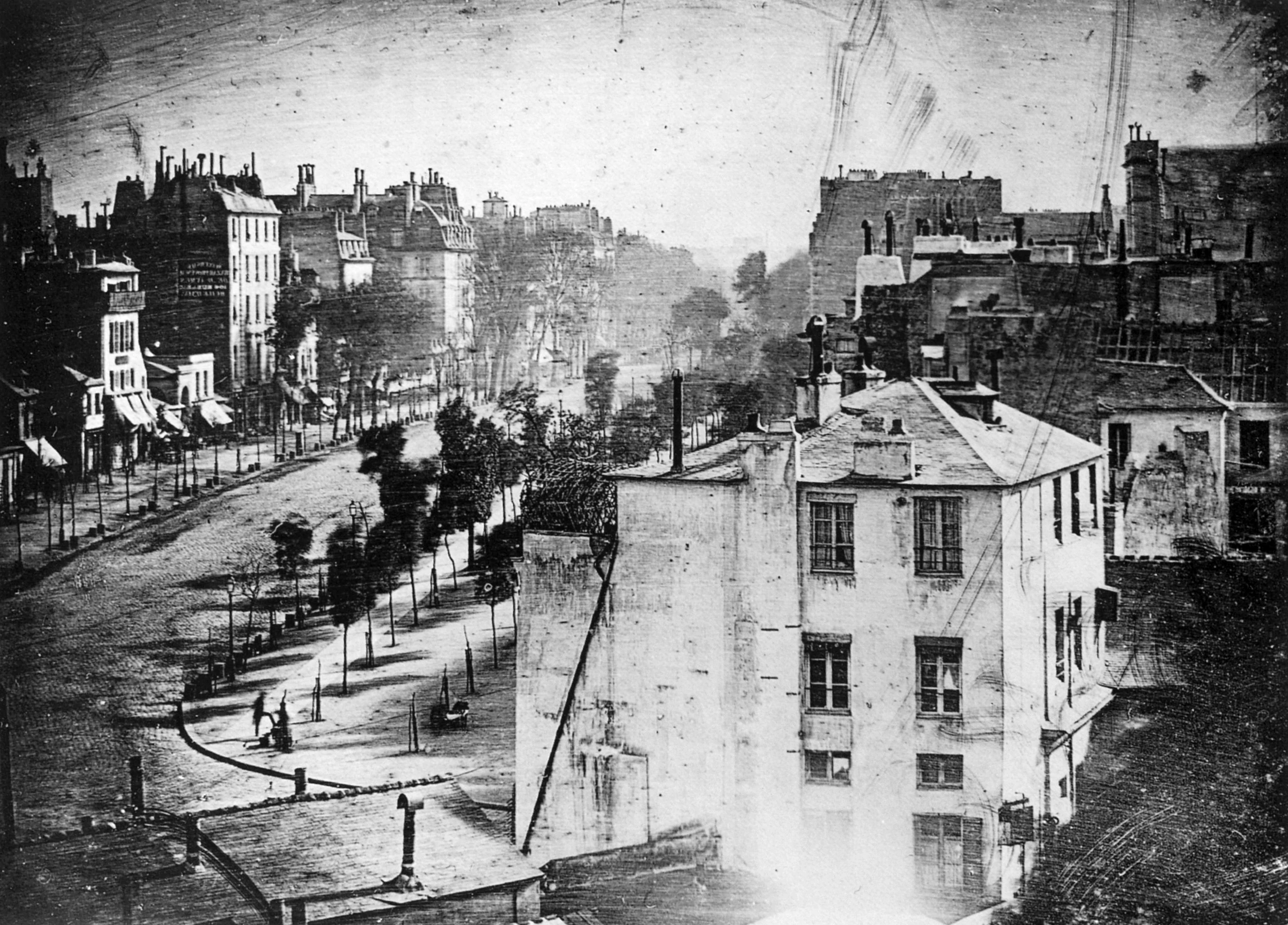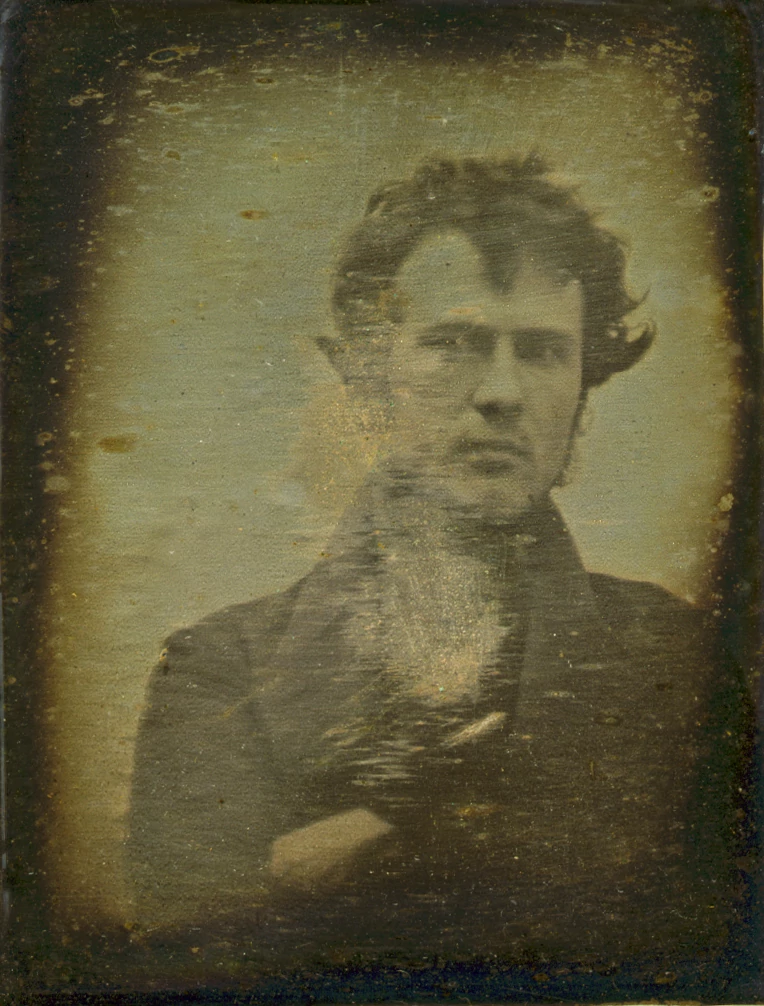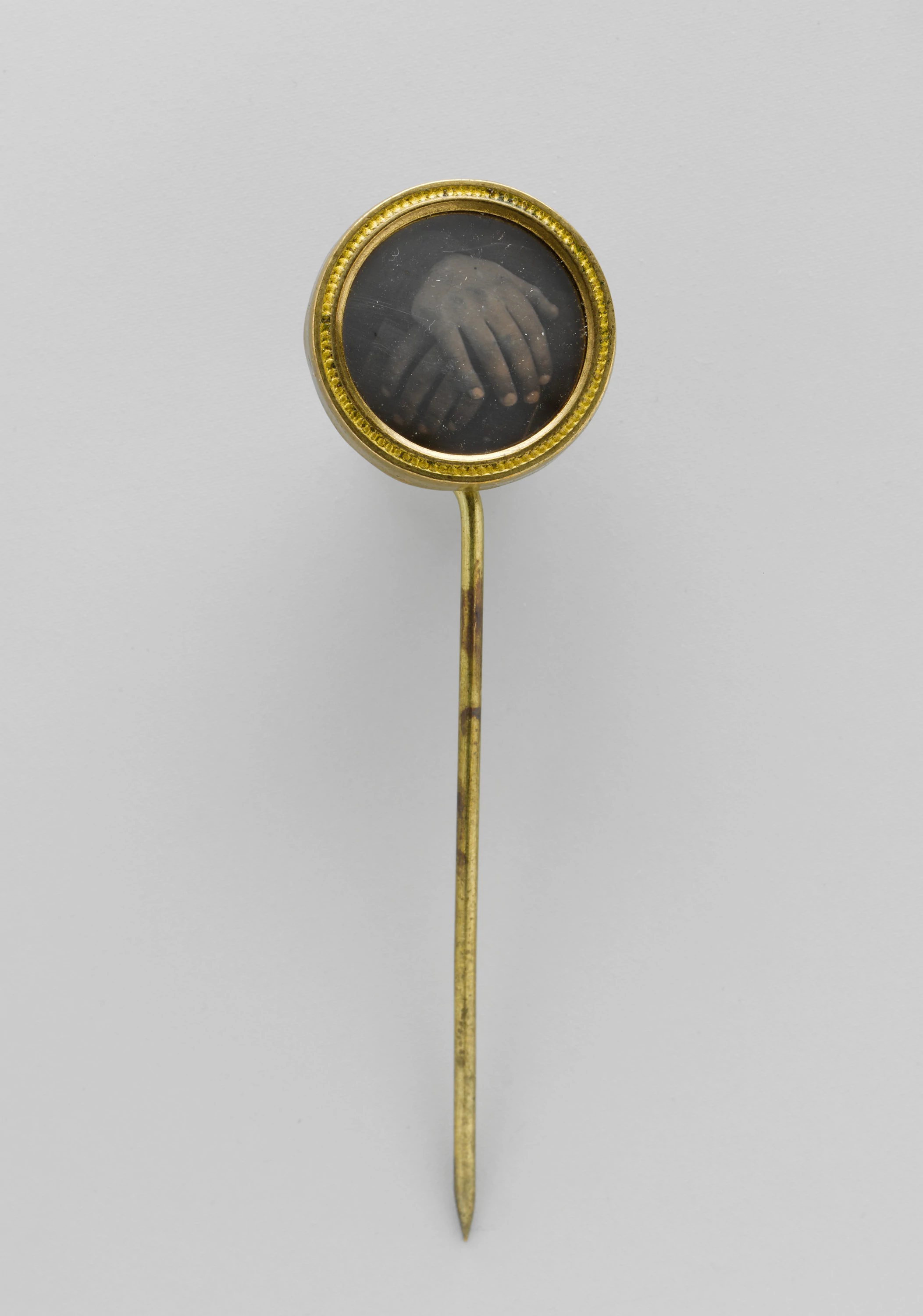
L’Atelier de l'artiste Louis Jacques Mandé Daguerre, 1837

Boulevard du Temple Louis Jacques Mandé Daguerre, 1838

Self-portrait Robert Cornelius, 1839

View of intersection of Eighth Street and Market Street, Philadelphia Robert Cornelius, 1840

Louis Daguerre finally pulled it off, through ingenuity and patent theft he created the first publically available photographic process. A daguerréotype is created by polishing silver-plated copper to a mirror finish; treating it with light-sensitive chemical fumes and exposed in a camera. The plate was then developed with mercury vapor and sealed to fix, and created a unique image that could be viewed in both positive and negative, depending on the angle. Daguerréotypes were only widely used from the 1840s to the late 1850s, when they were replaced by more stable, efficient, inexpensive methods of photography like ambrotypes and tintypes.




